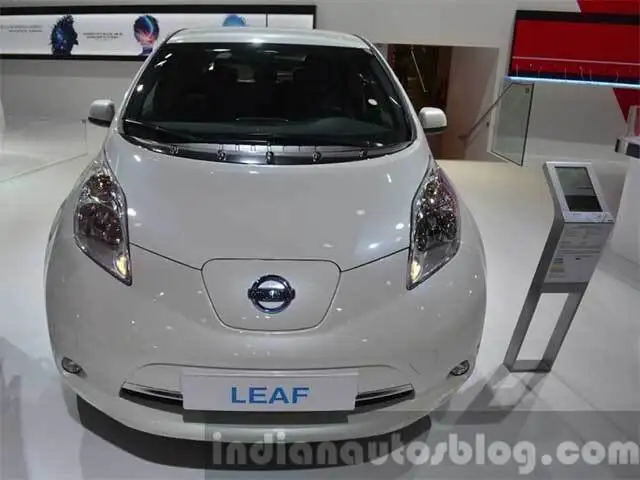On the wheels
The second-gen Nissan Leaf has been creating a buzz for over a year now, but it is only now, at CES 2017, that the car has been officially confirmed.
In his speech at the annual consumer electronics and consumer technology trade show, Nissan CEO Carlos Ghosn confirmed that an all-new Leaf is on the way.
In his speech at the annual consumer electronics and consumer technology trade show, Nissan CEO Carlos Ghosn confirmed that an all-new Leaf is on the way.

On the wheels
The second-gen Nissan Leaf has been creating a buzz for over a year now, but it is only now, at CES 2017, that the car has been officially confirmed.
In his speech at the annual consumer electronics and consumer technology trade show, Nissan CEO Carlos Ghosn confirmed that an all-new Leaf is on the way.
In his speech at the annual consumer electronics and consumer technology trade show, Nissan CEO Carlos Ghosn confirmed that an all-new Leaf is on the way.

ProPILOT technology
Mr. Ghosn said that the next-gen Nissan Leaf will come with ProPILOT technology for autonomous driving on single-lane highways.
In the 2017 Nissan Serena, the ProPILOT system can be activated and deactivated using a switch on the steering wheel. The accelerator, brakes and steering are controlled based on information obtained through a mono camera which can quickly recognize in 3D depth both preceding vehicles and lane markers.

In the 2017 Nissan Serena, the ProPILOT system can be activated and deactivated using a switch on the steering wheel. The accelerator, brakes and steering are controlled based on information obtained through a mono camera which can quickly recognize in 3D depth both preceding vehicles and lane markers.

How is it different?
On activation, the ProPILOT system automatically controls the distance between the vehicle and the preceding vehicle and also keeps the vehicle in the middle of the highway lane by reading lane markers and turning the vehicle automatically through curves.
Revamped and redesigned
Speaking to Green Car Reports, Takao Asami, a Senior VP of research and advanced engineering, said that the next-gen Nissan Leaf would have a driving range “at or above 200 miles (321.87 km)”. The company is yet to figure out if it will need to offer different ranges in North America, Europe and Asia, though, he added.
The redesigned Leaf would continue with an air-cooled battery pack, as changes in cell chemistry have “significantly” reduced concerns over battery durability.
The redesigned Leaf would continue with an air-cooled battery pack, as changes in cell chemistry have “significantly” reduced concerns over battery durability.
Comments
Post a Comment